-
Posts
7,253 -
Joined
-
Last visited
-
Days Won
25
Content Type
Profiles
Forums
Gallery
Events
Blogs
Posts posted by Uranium235
-
-
DaveS, on 30 Dec 2014 - 11:04 PM, said:DaveS, on 30 Dec 2014 - 11:04 PM, said:DaveS, on 30 Dec 2014 - 11:04 PM, said:DaveS, on 30 Dec 2014 - 11:04 PM, said:
I'm seeing enough from this little jewel to give me a hankering, especially at the price, something I could buy on spec, so to speak.
So what are the gotchas?
OK, it needs collimating, but how bad is it? I remember collimating my old 8" newt,which was a pain and it was f/8 to boot, not f/5. Am I really going to have to collimate before every session? If yes, and it's going to take an hour or so then forget it, there isn't that much imaging time to waste, especially during the week when I turn in at 10.30.
Star spikes I'm aware of, just have to decide how much I dislike them, and If I can live with them.
How bad is the focuser? I know it's a crayford and thus suspect as it doesn't have the robustness of a R&P. The crayford on my Meg 90 is a disaster as it cannot pull the camera in on its own. I have to give it a push. If the Skywatcher is anything like that then I'd have to replace it, and a Feathertouch is 21/2 time the price of the bare OTA
 .
.I'll need a coma corrector obviously, and I think I'd go for the Baader given the comments I've seen re: the Skywatcher one.
So it could go from cheap 'n' cheerful to quite serious very quickly, and I just want to know what I'd be letting myself in for.
Ok, the 130.... its not as difficult as you might think.
Firstly, collimation. No, you will not need to collimate it every time - in fact, months can elapse between collimation - and even then its only out by a small amount. Mine normally gets done when I take the imaging train apart for cleaning. But getting it right first time does matter, you need as little tilt in the secondary as poss (preferably none), that will ensure your field is corrected properly by the coma corrector.
Secondly, focuser. It helps to know the combined weight of your imaging train (camera, FW, corrector), anything up to 1kg is fine - but you may need to tweak the tension grub screws a little to get it "just so" (this is normal on any scope ive owned). You will also need to drill and tap a third thumbscrew hole in the 2" EP holder, that improves the rigidity considerably. Unfortunately, there is no replacement focuser for this telescope so you have to work with what you are given (makes it more fun!!).
My imaging train is ~1.6kg, the 383, 2" FW, tilt adaptor and corrector make for a fair old lump - but it copes alright. However, to cope with the weight (and cos I hate push-fit) I did have to convert my focuser to a threaded connection (custom built adaptor).
Third, corrected field. Your CCD chip is smaller than the 8300 right? Then either the Baader or SW corrector will suffice (both have pros and cons), your corners should be pretty good with that sized chip.
Fourth, performance. Again your CCD has small pixels? Going 2x2 bin at that FL with those sized pixels you could pretty much tear strips out of the sky with it and still get a good image. F5 (or F4.5 with the SWCC) @ 2x2 totally wipes the floor with f6 1x1 (in terms of signal to noise). Going from a frac to a newt may be a bit of a shock and you may think it looks a little "softer" or less contrast than a frac - but what you have is speed and depth of signal..... and if you have lots of signal then sharpness and constrast can be won back at the processing stage.
Other stuff:
1) Bottom end, make a cover for it or you will get light leaks
2) Flats, can be a pain in the rear end at times. So once you have a good set, dont touch the camera!!!
3) Sweet spot: If you have a slightly dodgy corner, slew to a bright star then place it toward the affected corner (about 2/3 way out) - refocus (using the B-mask), then that should balance the field out. But its unlikely you may need to do that given your chip size.
Hope that helps

Oh, forgot to add... the 5" primary isnt what you would call heavy, so there is a good chance you will be camera heavy. I strapped x2 0.5kg leg weights to the bottom of mine so it balances out without me having to slide it all the way back in the mount saddle.
-
 2
2
-
-
Clockwork_Orange, on 30 Dec 2014 - 8:16 PM, said:Clockwork_Orange, on 30 Dec 2014 - 8:16 PM, said:
Stunning is the only word that come to mind Uranium, cant wait to see the end result.
Regards
JP
Cheers

Heh, neither can I!!! Ive been hankering after an mosaic of this area ever since I started AP - and now that tree is going down next door, I can get a full night on it rather than having to wait until it crosses the meridian.
-
 1
1
-
-
A quick run out for the 130 at f4.5 last night, it hoovered this lot up in just 2.5 hours - easy to see where this one is going


-
 7
7
-
-
Just a little WIP to keep it simmering nicely.... caught this a couple of nights ago under probably the best sky of the year. However - the gear got rained on (slightly!), so there was a nervous check on the primary mirror - glad to say it was just one small spot.
Hoping to finish it off Friday night.
-
 4
4
-
-
Cheers

Just topped up the data, and done a cropped version (full image in deepsky section):
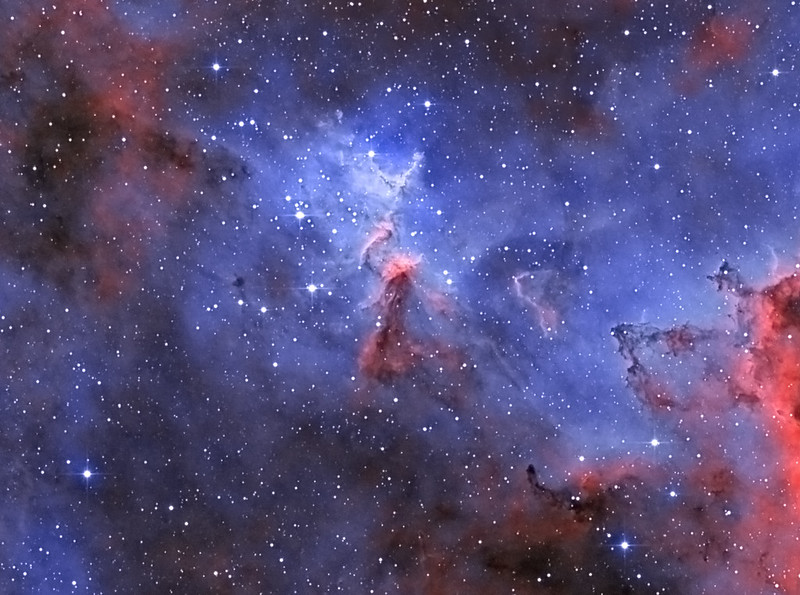
-
 7
7
-
-
Which light pollution filter are you using?
Its all in narrowband mate, the best LP filters possible

I dont think I could achieve this level in broadband, my local LP is just too much for any kind of serious depth (IFN etc...). But when I do use Lum, its always with the CCD CLS filter (2").
-
The 130pds spanks IC1805:

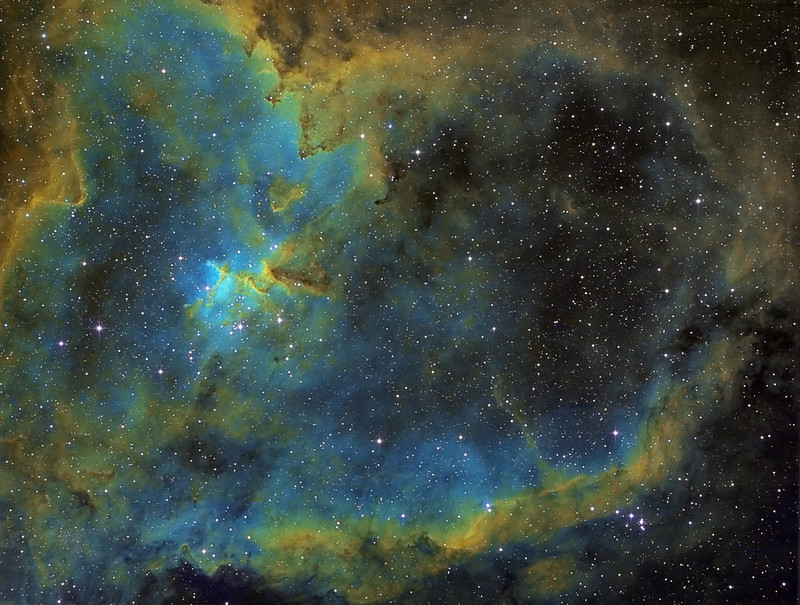
Original scale images are located in deepsky subforum.
-
 9
9
-
-
That will be Ha (and SII to some extent). However its not 100% immunity, you still need to be perferably pointing away from the Moon as targets near it will be prone to severe gradients (as I found out the other night!).
-
 2
2
-
-
And another to keep it rolling.... y Cas nebula, taken under a full Moon - so not as good as it should be:
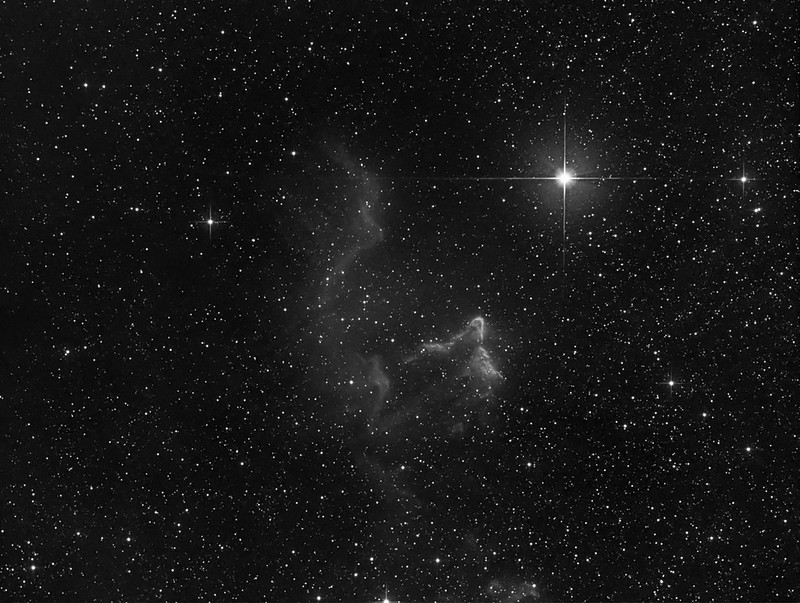
-
 6
6
-
-
Epicycle used an H9 (same chip as the 314) to great effect. Should be a good combination, a real Ha hoover.
-
I have hope for my growth as an APer then, if Olly is impressed with it!
One thing, it is a bit of a git to balance properly.
I guess it isn't so important with only a webcam or sub-minute DLSR subs...
Mine is (very) camera heavy, so I had to strap x2 0.5kg leg weights to the bottom end to balance it out.
-
Never thought I'd hear Olly extolling the virtues of a humble Newt !
lol yeah

For a moment I thought he was actually going to give one a go!

-
While I've been knocked out by Uranium's images for some time, and said so, I've missed this thread.
I don't see anything remotely 'entry level' about the best images posted here. If you want to image at this kind of focal length on a medium to small chip then this telescope clearly has a lot going for it. I think it will take on, quite literally, all comers at any price. It is fast enough to be fast but not so fast as to invite exasperating complications that will rob the imager of many good nights. In refractor terms it has a fair bit of aperture. Apart from the coma corrector it is inherently apochromatic - totally so.
What do you get with a car-priced Takahashi FSQ that you don't get with this scope? A vast flatfield circle which you only need with a big chip. Freedom from collimation. No diffraction spikes. These are not nothing, but, yikes, they come at a price...
Olly
Kind words Olly, thank you

I must admit, I was jumping between the 80ED and 130pds for a while trying to decide what was better. While the 80ED can yield some pretty sharp results, I found the slight "fuzziness" I get with a reflector can be overcome by the depth of signal it provides - which allows for more sharpening and less noise reduction. Hmmm.... I havent used the 80ED for nearly a year now....blimey!
Im pretty sure the Baader MkIII corrector is apochomatic - since I dont have to refocus between Ha and OIII, which is something I cant get away with when using the Skywatcher corrector.
-
 1
1
-
-
Hi everyone,
I don't suppose anyone has had any experience using a 130pds on a cg5 WITH an ED80 as a guide scope with dslr etc?
Cam
Unfortunately, with that mount its a case of either/or - not both, becuase that will far exceed the imaging payload for that mount (tried it and failed).
-
 1
1
-
-
A few more to keep it rolling....

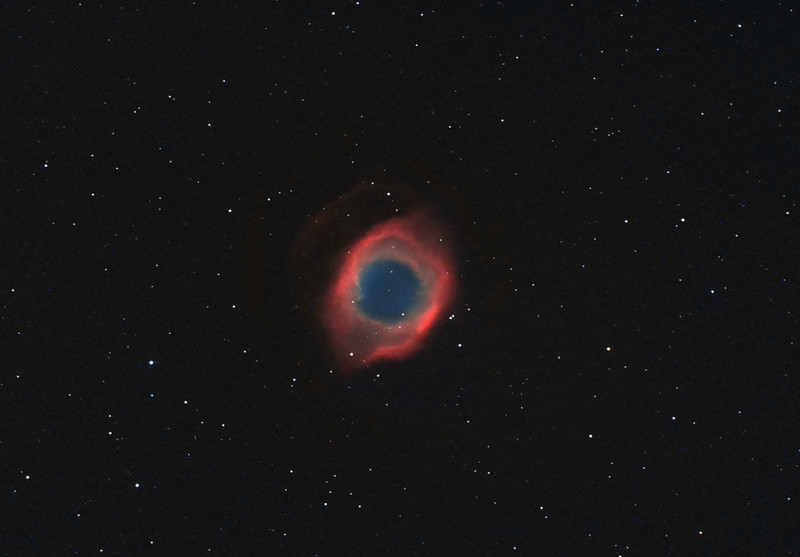
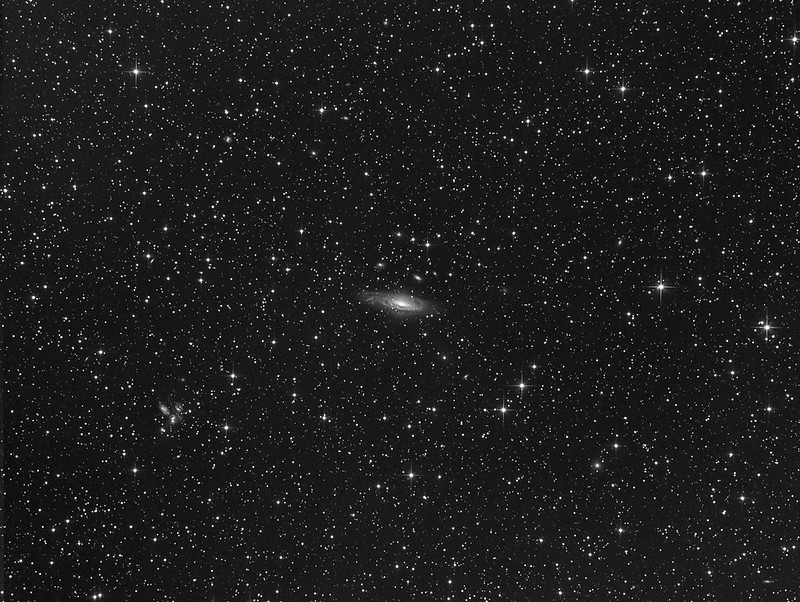
Original sized images can be found in the original thread (deepsky section).
-
 5
5
-
-
Robp, on 17 Nov 2014 - 1:39 PM, said:
Excellent image Uranium235, good to see it finished

Question for anyone with a 314L+:
I'm purchasing a Atik 314L+ for use with this scope, will the Coma Correcter still be required in the imaging train?
Yes +1
I've been there (with a 314), tried it, and came to the conclusion a CC is definitely required.
PS: Get the Baader, it wont throw a fit (like the SW does) when you point it at a very bright star.
-
Another finished 130pds project (full post in deepsky section):
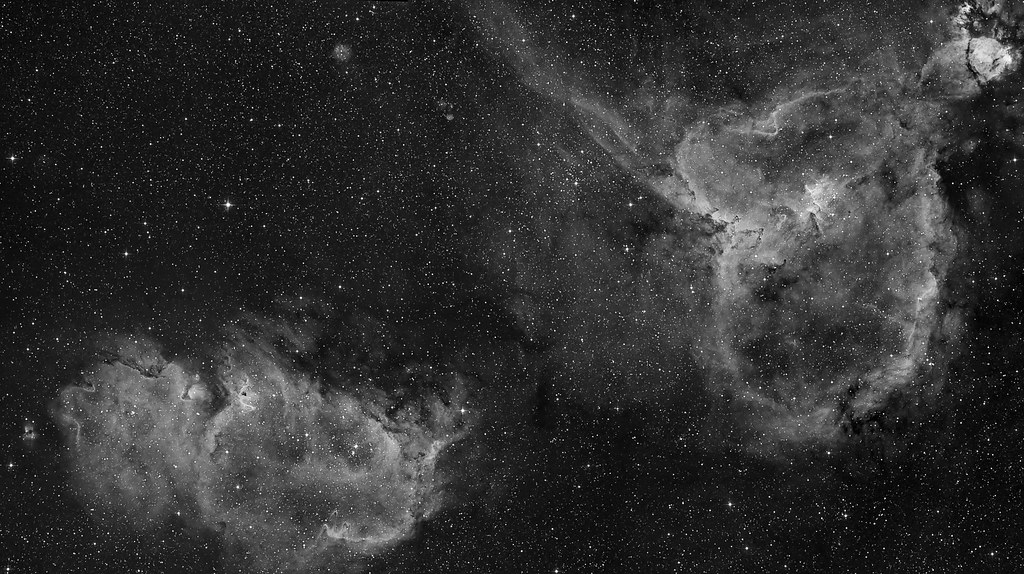
-
 9
9
-
-
You say that as if people actually delete files! [emoji46]
It does happen!

And if youve already got good data, re-use, top-up, or use it as an RGB layer. Ive had some projects span three years (shows how often I dont change my gear...lol).
-
 1
1
-
-
Hang on to that M45 data, its going to be around for a while yet so you could develop that one into something a bit special (given enough long subs).
-
 1
1
-
-
A 314 will be a good match for this telescope. Epicycle has had good results using his H9 camera (which has the same chip), and that was without extensive modification - but Im sure he had to drill & tap a third hole for another thumbscrew to ensure the coma corrector was seated correctly.
-
-
No prob

Have a look at the new WO71 5 element, fast and flat with a large imaging circle. Nearly 800 quid, but thats only 100 more than a new Equinox plus flattener.
-
Had a bit of a brainwave....
The 130 and 150pds have exactly the same size and type of thread on the focuser (M54 female). So its possible to remove your QHY8, MPCC and EP holder as one unit and screw it on to the 130 focuser tube instead. Not sure if youve ever removed your ep holder before, it can be a little stiff at first - but it does come off (eventually!). Just remember - righty tighty, lefty loosen (thats how I remember it!).
-
 1
1
-
-
Thinking about it, I suppose the focuser travel is lost by using a focal reducer...

Correct!
When the FF/FR is in place (especially in push-fit mode) there wouldnt be enough travel left to insert a FW and its adaptors ahead of the FF/FR (ive already been down this road!). An achromat might not deliver a good enough field either.
Also, the 1100d from what I've read is the most difficult camera to de-bayer. The 1000d seemed to have more success.
I can see your thinking, in that youre trying to press as many cameras into service at the same time - which does deliver the goods a lot quicker. Its just a case of coming up with the best configuration for the bits you have to hand (easier said than done im afraid!). Im still trying to think of a way to press my 1000d back into service with the 80ED, I had thought of using its two green pixels to collect OIII data at ISO1600 - but on reflection it would present problems when combining the data set with that from the 383/130pds (the image would be full of red diffraction spikes).








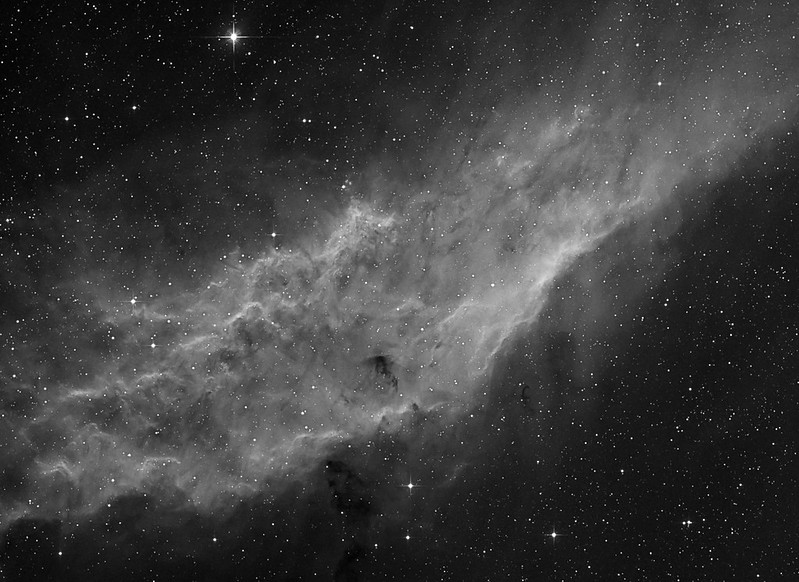
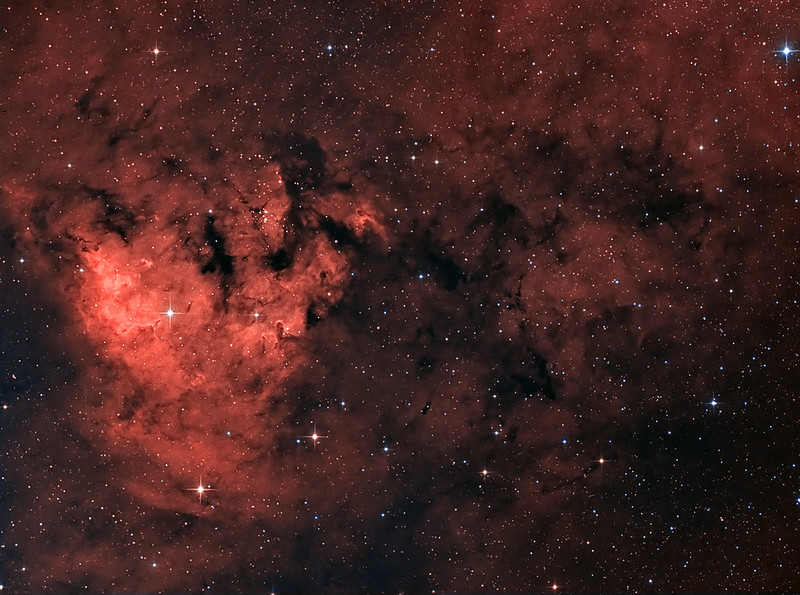
Imaging with the 130pds
in Getting Started With Imaging
Posted
It will be slightly faster than the WO, but with more focal length. And with your cameras pixel size, the resolution will be 1.44" p/p (2.88 binned) - anything below 3.5" p/p is useable, its down to personal preference really. It would help if you knew your camera's gain between 1x1 and 2x2, mine was measured at x2.23 (however I suspect the Sony chip will be a little lower). Easy way to do that is take some flats at 2x2 and achieve a target ADU (something like 24000), then switch to 1x1 and then see how long it takes to achieve the same ADU level - divide one by the other, and there you go! Another way is to do it under starlight using a non saturated star.
If im working on just 1-2 panes I usually go 1x1, but for more than that I opt to take a hit on the resolution but halve the time it takes for each pane - so its pretty easy to rack up a large scale image quickly. I'd like to figure out a way to combine both types of data in a sort of "halfway house" of signal and resolution.